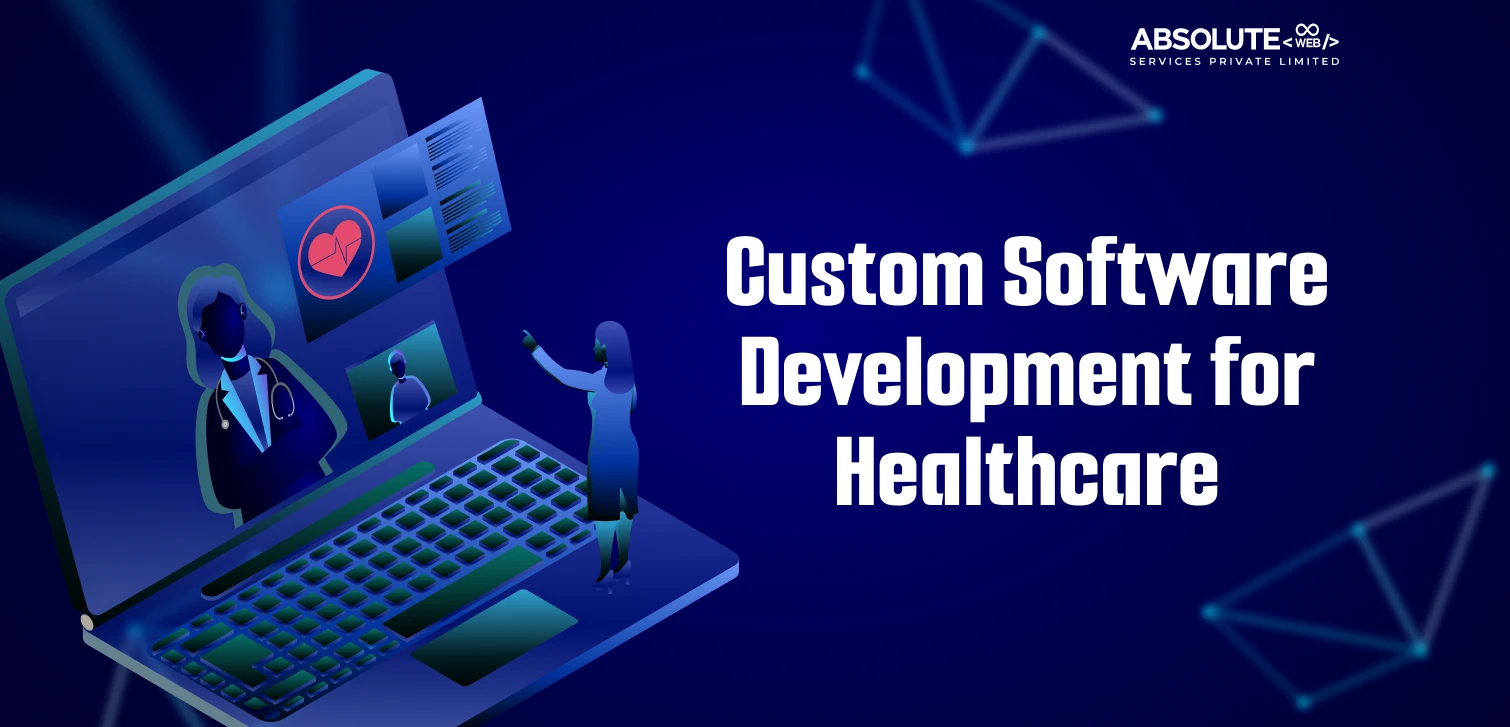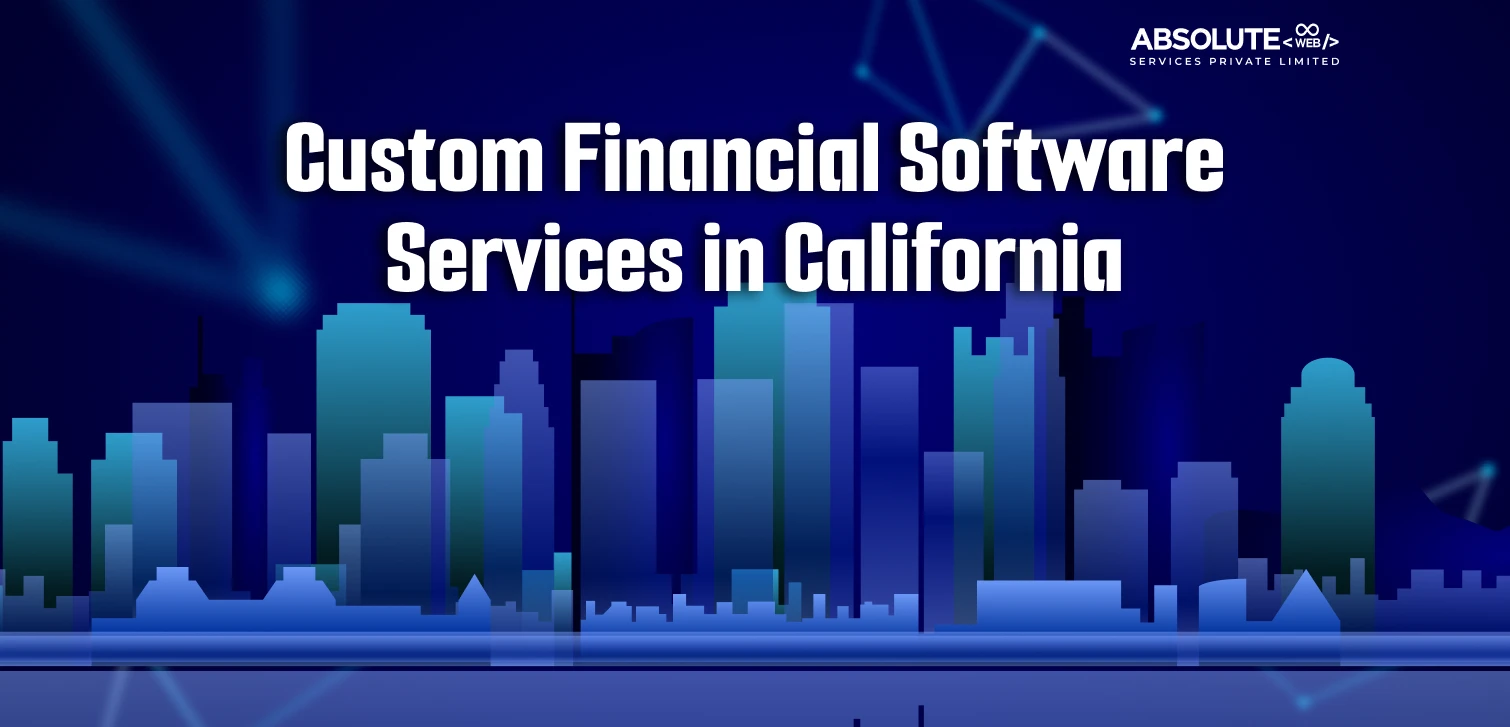What Is Composable Technology, and Why Should You Care?
In software development, staying ahead often feels like trying to keep up with a moving target. I’ve been there—stuck in monolithic systems that seemed agile at first but quickly became bottlenecks. This is where composable technology comes in.
Composable technology refers to a modular approach to software design. Instead of building massive, all-in-one systems, you create interchangeable components that can be combined and recombined as needed. Gartner reports that by 2024, organizations that adopt composable technologies will outperform competitors by 80% in speed and innovation. If speed and scalability matter to you, it’s time to embrace this approach.
How Does Composable Technology Solve Pain Points in Development?
When we first started exploring composable technology at Absolute Web, we noticed it addressed several recurring challenges:
- Scalability Issues: Traditional systems often can’t keep up as businesses grow. Composable technology lets you add or swap components without overhauling the entire system.
- Maintenance Headaches: I can’t count how many times I’ve been stuck maintaining outdated code. With modular components, updates are simpler and less risky.
- Development Speed: A study by Forrester found that companies using composable architecture reduce time-to-market by up to 40%. This has been true for us—we’ve delivered projects faster without sacrificing quality.
By breaking projects into smaller, manageable parts, composable technology makes software development more adaptable and efficient.
What Are the Building Blocks of Composable Technology?
To make composable technology work for you, you need to understand its core components:
- APIs (Application Programming Interfaces): These are the glue that connects your modules. APIs enable different components to “talk” to each other seamlessly.
- Microservices: These are small, independent services that handle specific tasks. For example, at Absolute Web, we often create separate microservices for user authentication and payment processing.
- Headless Architecture: This separates the backend from the frontend, giving developers the freedom to use different technologies for each. Shopify, for instance, offers headless e-commerce capabilities that many of our clients find invaluable.
By mastering these elements, you can design systems that are flexible, future-proof, and easy to maintain.
What Are the Benefits of Going Composable?
Here are the key advantages we’ve experienced at Absolute Web:
- Flexibility: Need to integrate a new payment system? No problem. Want to redesign the frontend? Go ahead. Composable technology makes these changes easier.
- Cost-Effectiveness: While initial setup costs can be higher, the long-term savings are significant. According to a report by Deloitte, modular systems reduce operational costs by up to 30%.
- Improved Collaboration: Teams can work on different components simultaneously. This has been a game-changer for us, especially on large projects.
- Future-Proofing: With technology changing rapidly, composable systems allow you to adapt without starting from scratch.
Are There Risks Involved?
Like any approach, composable technology has its challenges:
- Complexity: Managing multiple components can be overwhelming without proper tools and processes.
- Integration Issues: Not all APIs and microservices play well together. We’ve learned this the hard way and now thoroughly test integrations.
- Skill Gaps: Developers need to be familiar with the modular approach. Training is essential, but the investment pays off.
Understanding these risks helps you mitigate them effectively.
How Do You Get Started with Composable Technology?
If you’re new to composable technology, here’s a step-by-step guide based on our experience:
- Assess Your Needs: Identify pain points in your current system. For us, it was scalability and speed.
- Choose the Right Tools: Look for platforms and tools that support composable architecture, like AWS, Azure, or Shopify.
- Start Small: Begin with a single module, such as a microservice for user authentication. This allows you to test the waters without overwhelming your team.
- Invest in Training: Make sure your developers understand APIs, microservices, and headless architecture.
- Monitor and Iterate: Use analytics to track performance and make adjustments as needed. At Absolute Web, we regularly review our systems to ensure they’re meeting client needs.
What Are Real-World Examples of Composable Technology?
Here are some practical examples we’ve worked on:
- E-Commerce: For a client in retail, we built a headless Shopify store. The modular design allowed them to integrate third-party tools for marketing and inventory management seamlessly.
- Healthcare: We developed a platform with separate microservices for appointment scheduling, patient records, and billing. This improved reliability and made scaling easier.
- Finance: A fintech client needed a secure and scalable system. Using composable technology, we created separate modules for transactions, user management, and reporting.
These projects have shown us that composable tech isn’t just a buzzword—it delivers real, measurable results.
How Can You Convince Stakeholders to Adopt Composable Technology?
Transitioning to a new approach can be daunting, especially if stakeholders are resistant. Here’s what’s worked for us:
- Show the Numbers: Highlight statistics like the Forrester report on faster time-to-market or Deloitte’s cost savings.
- Start with a Pilot Project: Demonstrate success on a small scale before committing to a full transition.
- Focus on Benefits: Emphasize how composable tech solves specific pain points, like speeding up development or improving scalability.
Is Composable Technology the Future?
In my experience, the answer is yes. As businesses demand faster, more flexible solutions, composable technology offers a clear path forward. It’s not a magic bullet—it requires effort, planning, and expertise. But for those willing to invest, the rewards are significant.
At Absolute Web, we’ve seen how composable technology transforms businesses. Whether you’re building an e-commerce platform, a healthcare app, or a fintech solution, the principles remain the same. By embracing modular design, you can stay ahead in an ever-changing landscape.
Final Thoughts
If you’re considering composable technology, now is the time to act. The longer you wait, the harder it will be to catch up. Start small, learn as you go, and don’t hesitate to reach out for expert guidance.
At Absolute Web, we’re here to help. Whether you’re looking for consultation, development, or ongoing support, we’ve got you covered. Let’s build something incredible together.



